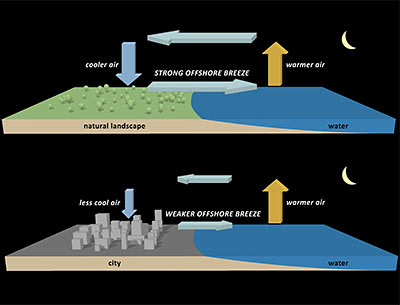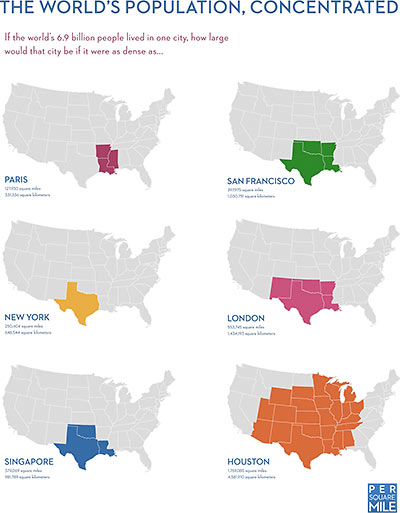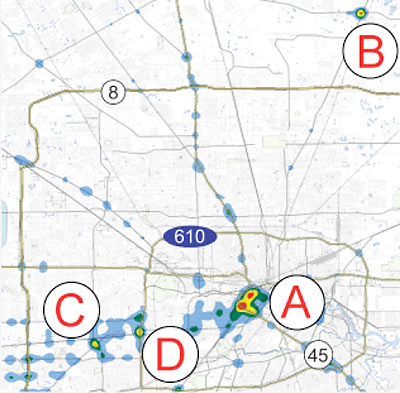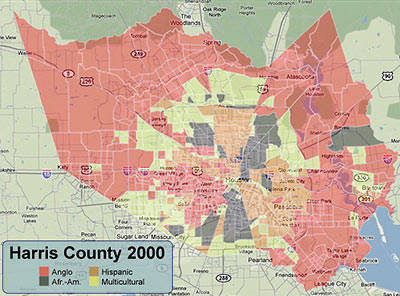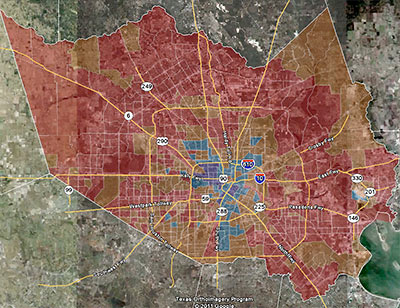
One of the big local stories of the 2010 Census was the decline in the number of majority-Anglo areas throughout Harris County. This map from consultant and Census obsessive Greg Wythe diagrams the trend pretty clearly. The areas colored red are where the portion of the local population identifying itself as Anglo dropped 10 percent or more; the areas where that group’s share of the population dropped by less than 10 percent are marked brown (Wythe says he started out painting them orange, but the satellite photo in the background made it darker). Areas marked a light blue are where the percentage of Anglos increased by less than 10 percent. And the dark blue (okay, purplish) areas show where Whites have been rushing in: Anglos’ share of the total population jumped by more than 10 percent in those areas.
“If you were to measure solely on the basis of the number of Anglos,” he explains, “you’re likely to see a lot of growth in areas where there’s growth in general. Cypress is an example — they grew in every demographic because they grew a lot, period.” But Wythe’s map tracks the changes in percentage of the population, not population growth.
The big exception to the overall trend of declining percentages of Anglos? The Heights.
CONTINUE READING THIS STORY
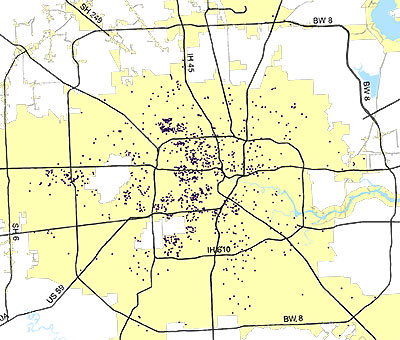


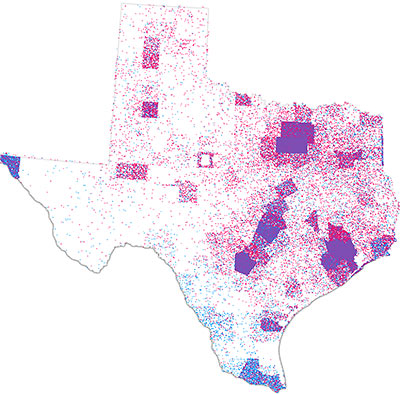

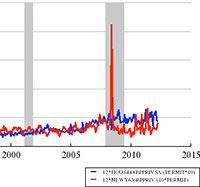 “The New York Metro areas has more than 3 times as many workers as the Houston metro area,” notes UNC professor and Forbes economics blogger Karl Smith after looking at a bunch of graphs, “but can’t keep up with the pace at which Houston is permitting new housing.” One of the several charts Smith assembled from Federal Reserve data shows that
“The New York Metro areas has more than 3 times as many workers as the Houston metro area,” notes UNC professor and Forbes economics blogger Karl Smith after looking at a bunch of graphs, “but can’t keep up with the pace at which Houston is permitting new housing.” One of the several charts Smith assembled from Federal Reserve data shows that 